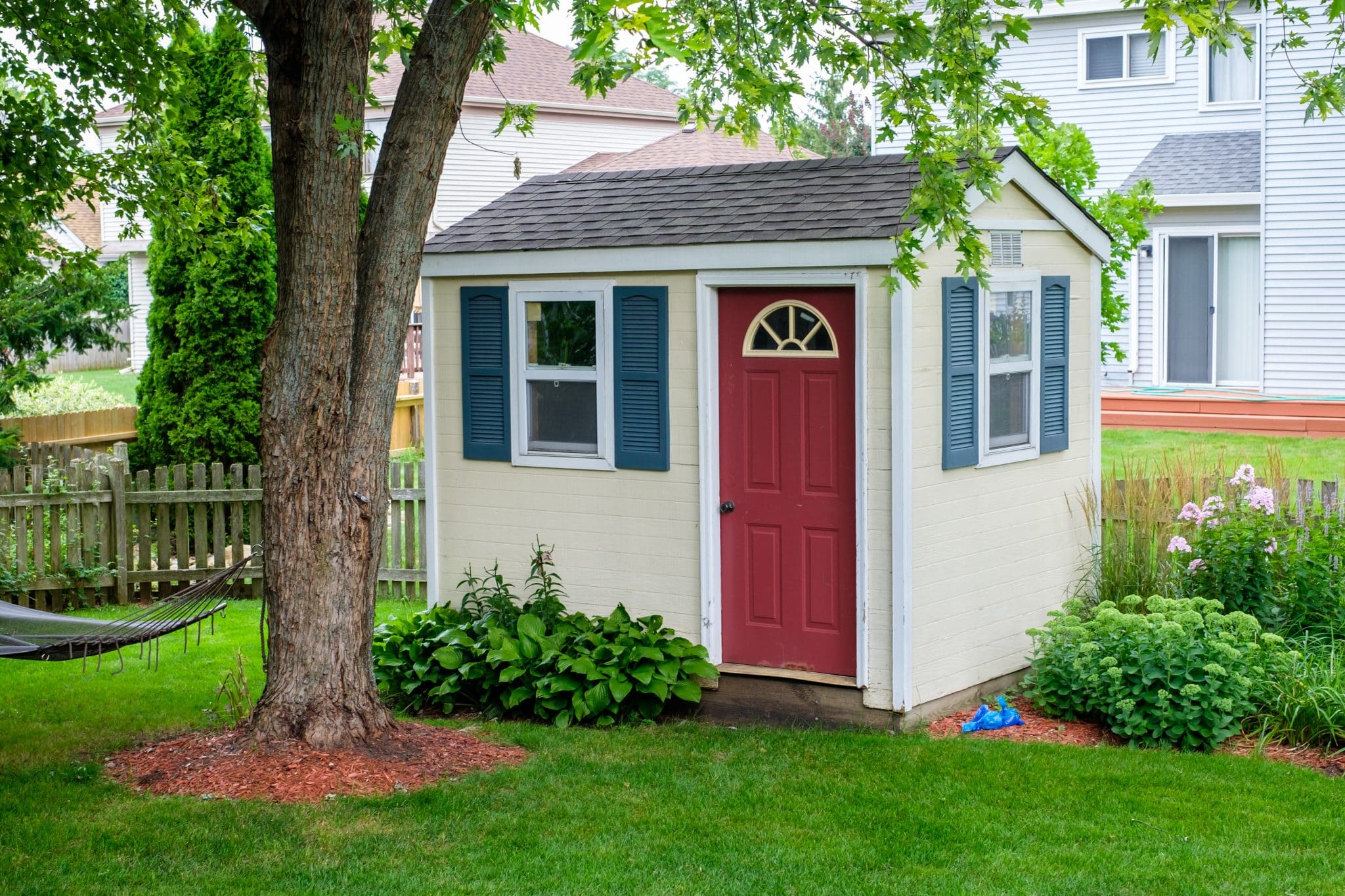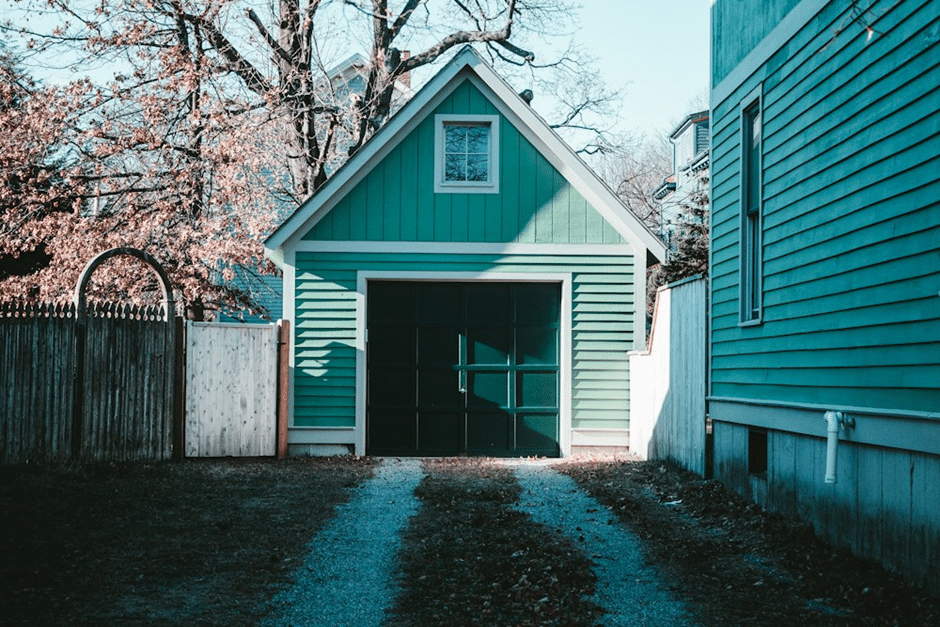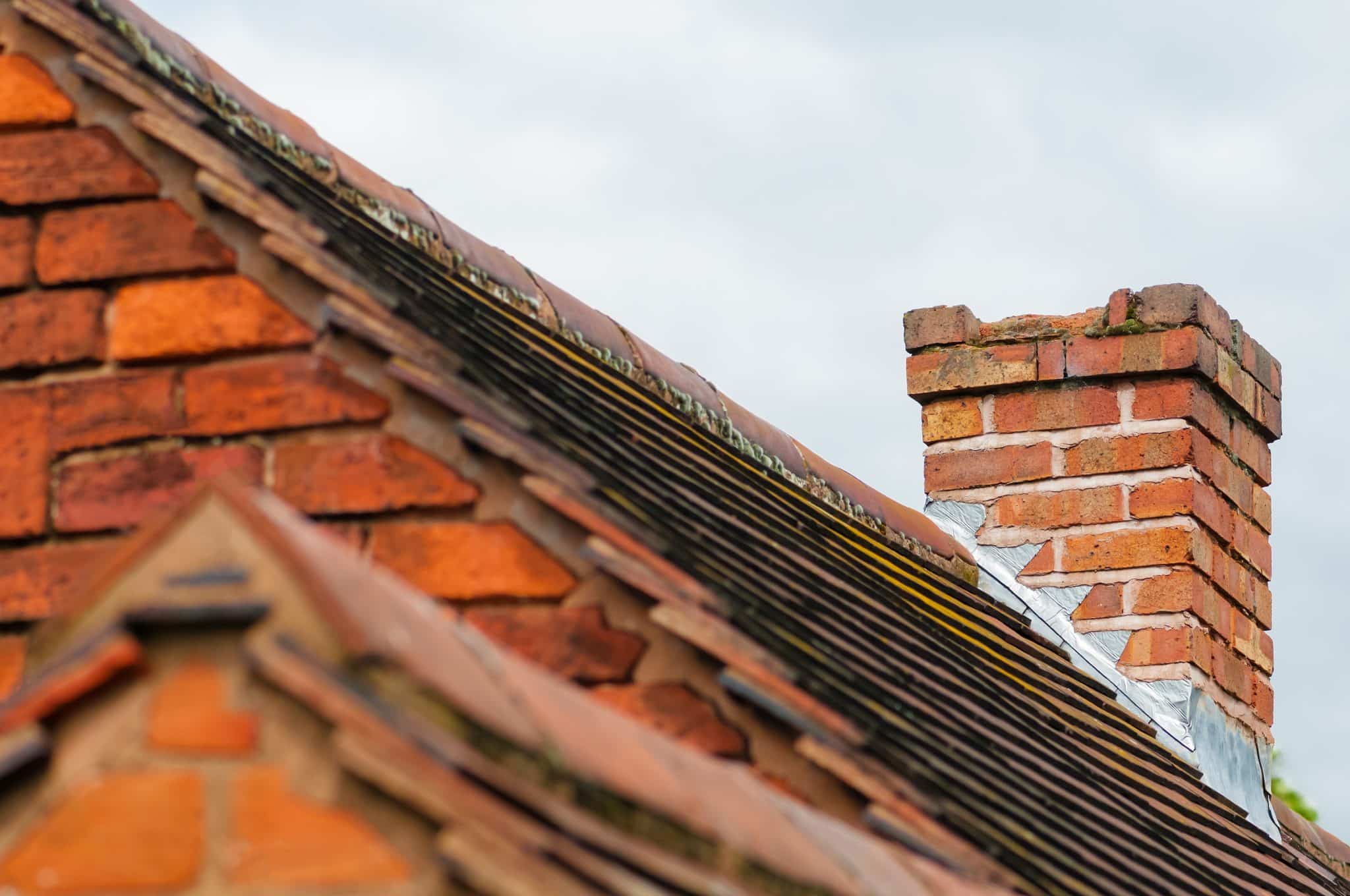An Essential Guide To Buying An Outdoor Shed
Dreaming of increased storage, a hobby workshop, or even a backyard oasis? Adding an outdoor shed can make those possibilities a reality. Before visiting your local home improvement center, however, pump the brakes.
Choosing and installing the ideal shed for your needs deserves careful consideration. Rushing in without a plan wastes money and leaves you with a poorly placed shed that falls short of expectations.
Instead, let this essential guide walk you through the key steps for choosing the perfect shed to meet your needs. Whether you need farm sheds or an extra workspace, the journey starts here.
Determine The Shed’s Purpose
First, think about how you plan to use your outdoor shed. Common uses include:
- Storage for lawn equipment, bikes, seasonal items, etc.
- A workshop for hobbies and DIY projects
- Potting shed for gardening supplies and tools
- Pool house for storing floaties, towels, etc.
- Child’s playhouse
Defining the primary purpose will dictate the size, features, placement, and other purchase considerations. Be realistic about what you’ll store there now and in the coming years.
Choose The Right Size
The uses defined above provide a good starting point for figuring out the needed capacity. Once you’ve determined everything you want to keep inside, measure storage bins, shelves, and larger items to calculate the total area and dimensions.
Remember to account for the following:
- Walkways so you can access all contents
- Work surfaces like potting tables or workbenches
- Windows, outlets, or other features per your shed’s purpose
Leave yourself some buffer room for future needs. It’s easier to have unused space than outgrow a shed quickly.
Select Placement On Your Property
When installing an outdoor shed, there are ideal locations to maximize function and aesthetics:
- Level ground for stability, making sure water won’t pool around the foundation
- Near your home for convenient access
- Visible from kitchen or living areas for safety/security
- Not too close to property lines or fences to allow airflow
- Receives some sunlight to limit moisture issues
Additionally, check local permit requirements on detached structures. Placement must adhere to setbacks and easements.
Compare Outdoor Shed Materials

You have several material options, each with unique benefits:
- Wood sheds can match home aesthetics but require frequent staining/sealing
- Vinyl sheds hold up well to weather and require little maintenance
- Metal sheds are durable options that deter pests/rodents
- Brick or concrete block sheds are high-cost but extremely sturdy
Also, assess climate factors like heavy snow loads that add stress.
Determine If You Need Electricity And Other Extras
While simplest to build, an Amish-style shed with no electrical can limit functionality. Electrification allows you to:
- Have interior lighting and outlets for tools/equipment
- Add climate control for an insulated, year-round workspace
- Install security features like motion-sensor floodlights
Other popular options include:
- Shelving systems to optimize organization
- Windows for natural light, ventilation, and visibility
- Loft space above for additional storage
- Ramps/extra-wide doors to accommodate lawnmowers, ATVs, etc.
Having a clear purpose will help you evaluate which extras offer worthwhile benefits.
Assess Shed Foundation Options
A proper foundation is crucial for structural integrity and preventing moisture damage. Farm sheds have three main foundation types:
- Slab Foundation: This is concrete poured on leveled, compacted ground. It’s the most expensive but provides an extremely stable base.
- Skid Foundation: This provides layers of cinder blocks, gravel, and wood framing, making the shed portable to relocate if needed
- Pier Foundation: Concrete piers are installed below ground to support floor framing. This allows airflow under the shed—suitable for uneven or sloped sites
Weigh cost, effort of installation, and mobility to pick what works best. Professional installation is recommended for foundations.
Choose Between Custom, Kit, Or Prefab Shed
You have a few shed construction options:
- Custom Shed: This offers bespoke design and building per your exact specifications. Allows for total personalization but is most costly and time-intensive
- Shed Kit: This is DIY-friendly with precut lumber and all materials provided. It offers flexibility at a lower cost than custom sheds.
- Prefab (Or Modular) Shed: These assembled sheds can be delivered completely constructed. It’s ready to use but less customizable.
Decide based on your budget, build capabilities, and how personalized you want the structure to be.
Install Properly For Safety And Longevity
While DIY shed assembly is appealing for cost savings, complex foundations, and structural work is best left to professionals. Prioritize safety and compliance with permits.
Additionally:
- Seal any cracks and use caulking around doors, windows, and trim to prevent moisture damage
- Consider gutter extensions to divert rainwater away from the shed
- Stain/seal outdoor wood sheds every 1-2 years
Proper installation and care will help your backyard farm sheds stand the test of time.
Final Thoughts
Purchasing an outdoor shed requires forethought to meet your needs and properly suit your property. Following this guide will equip you to consider key decision factors—from intended use, ideal placement, extra features, and construction methods to lifetime maintenance needs. Weighing all aspects thoughtfully upfront ensures your new shed improves backyard function and enjoyment for years to come.







